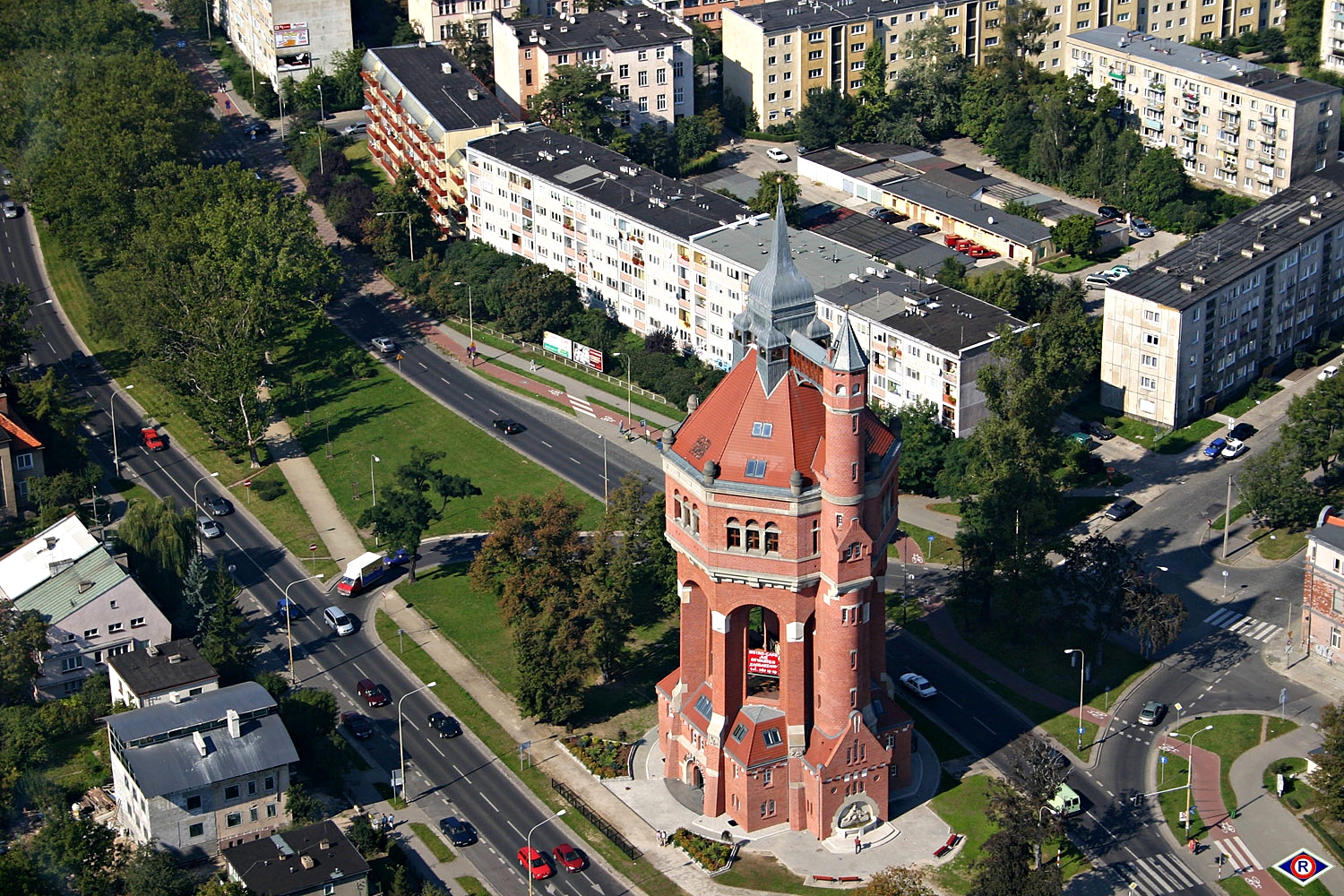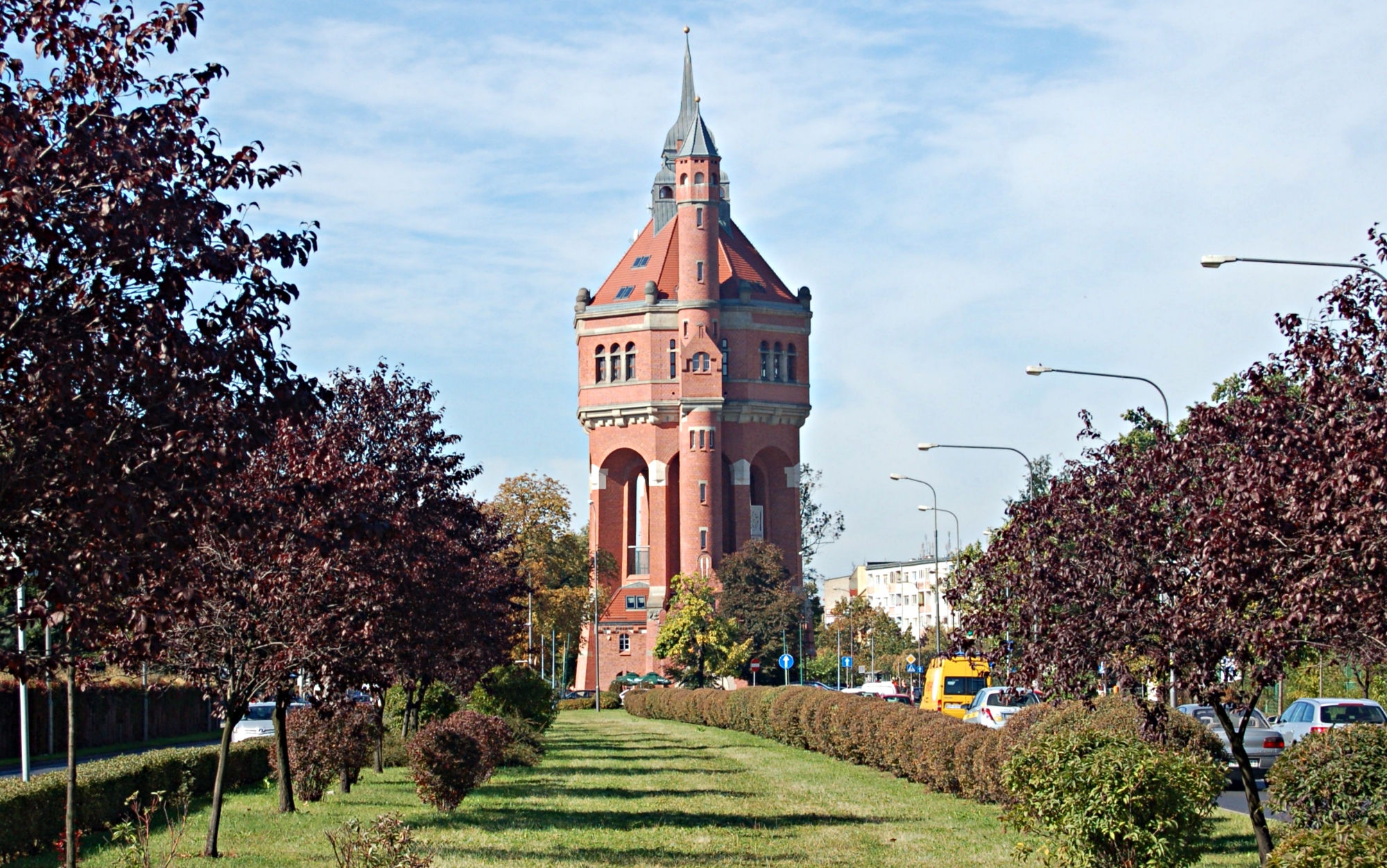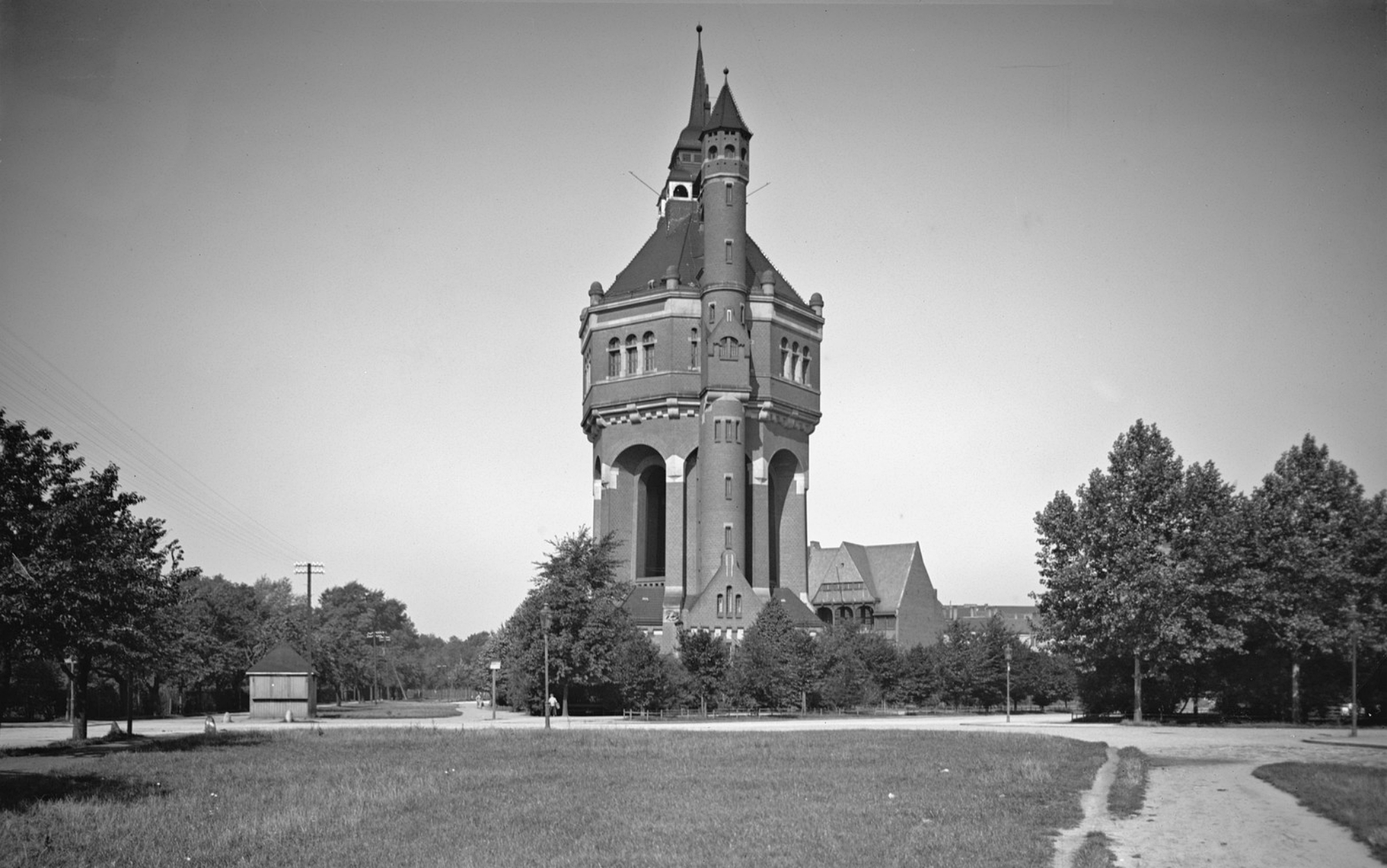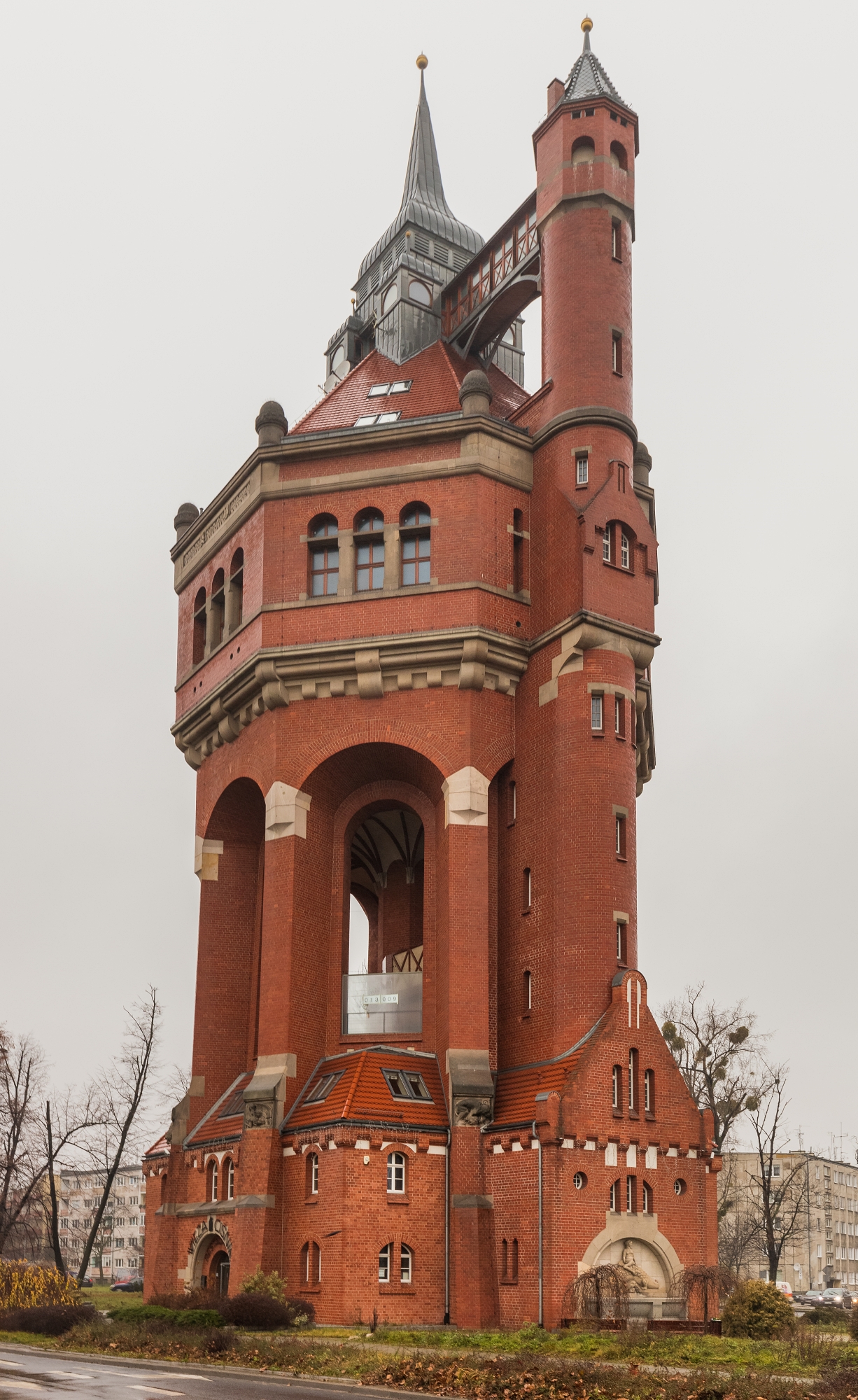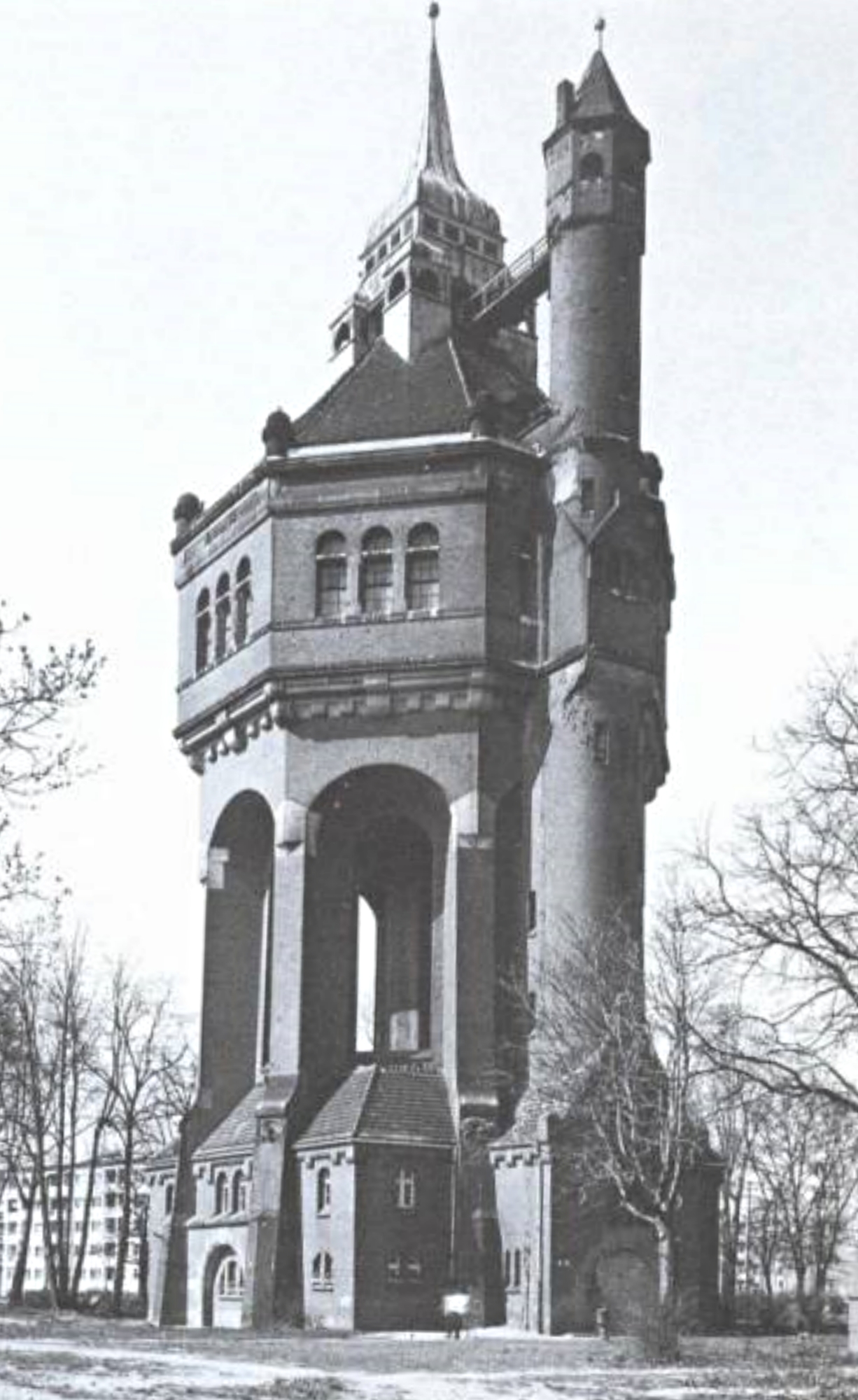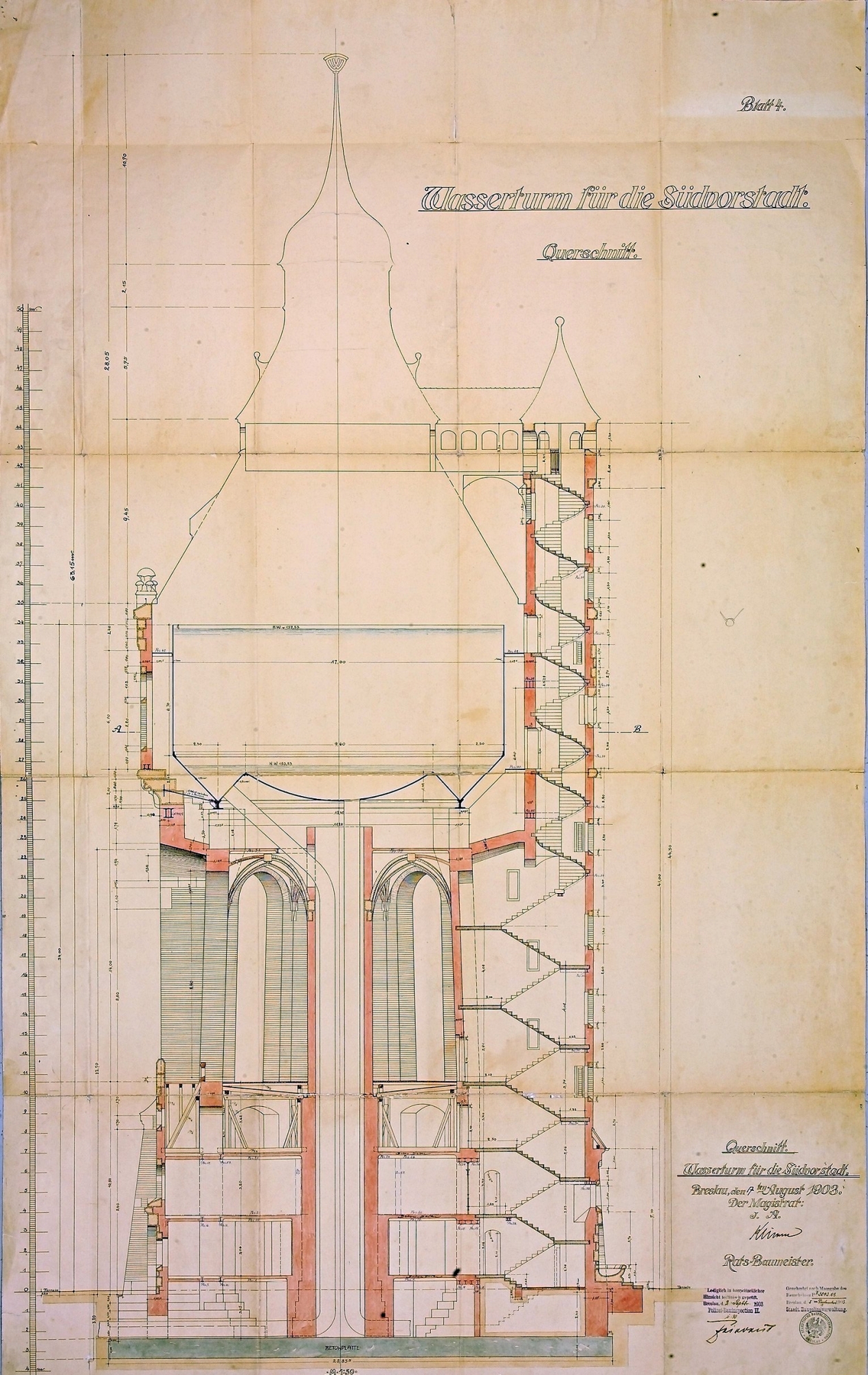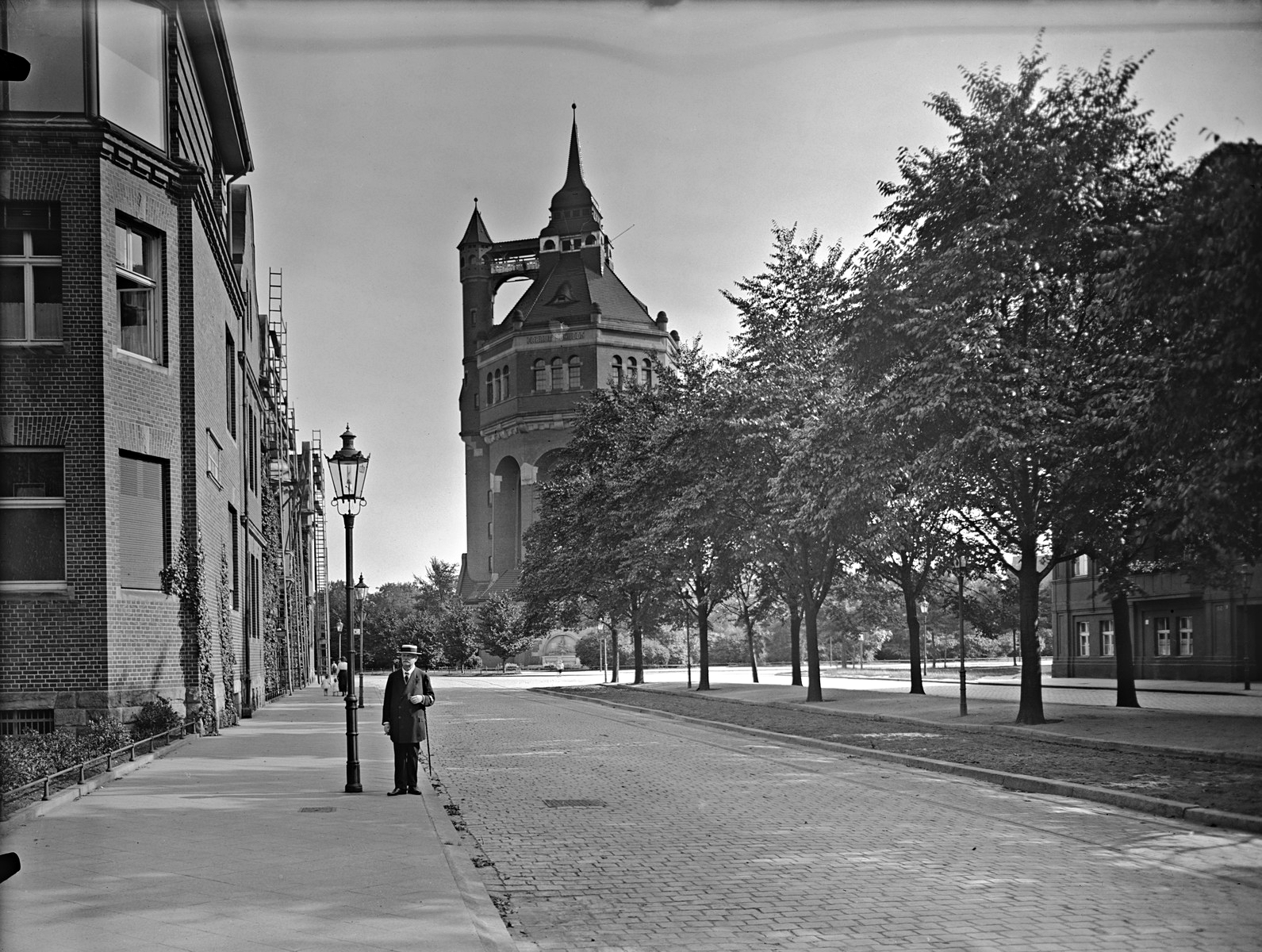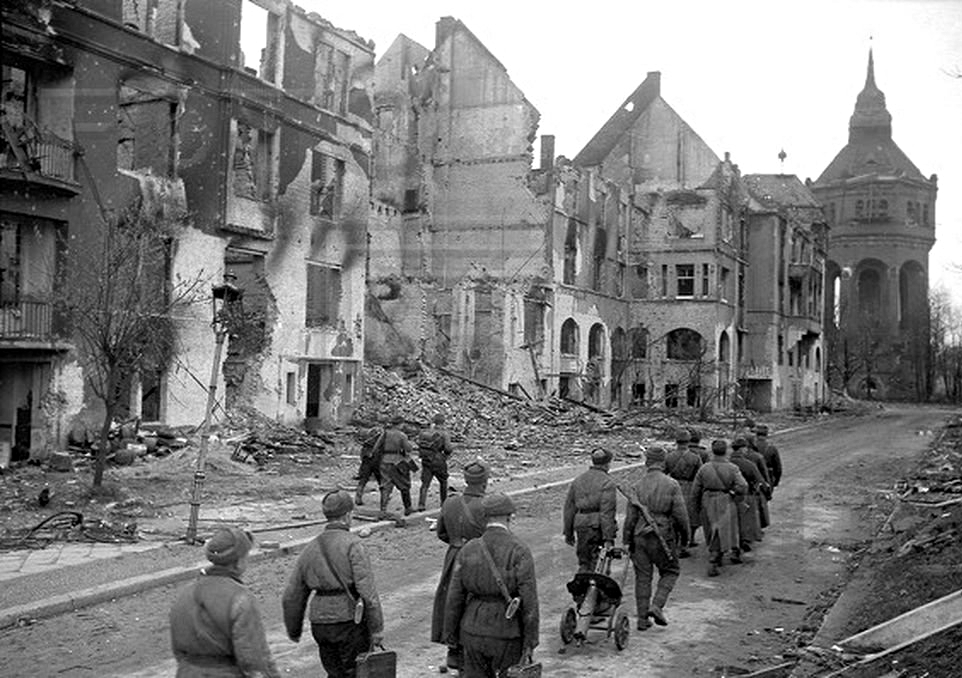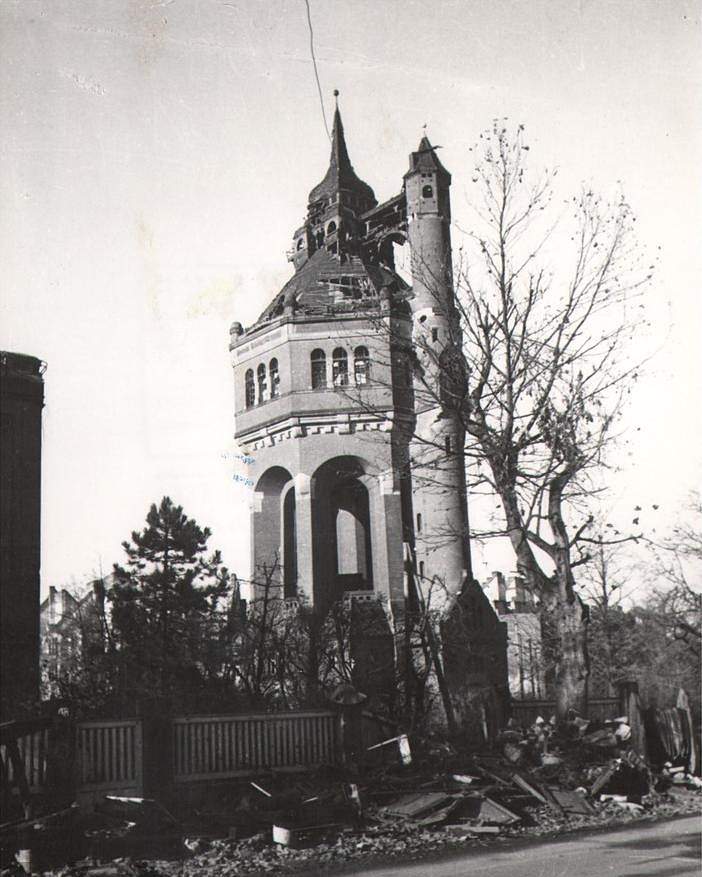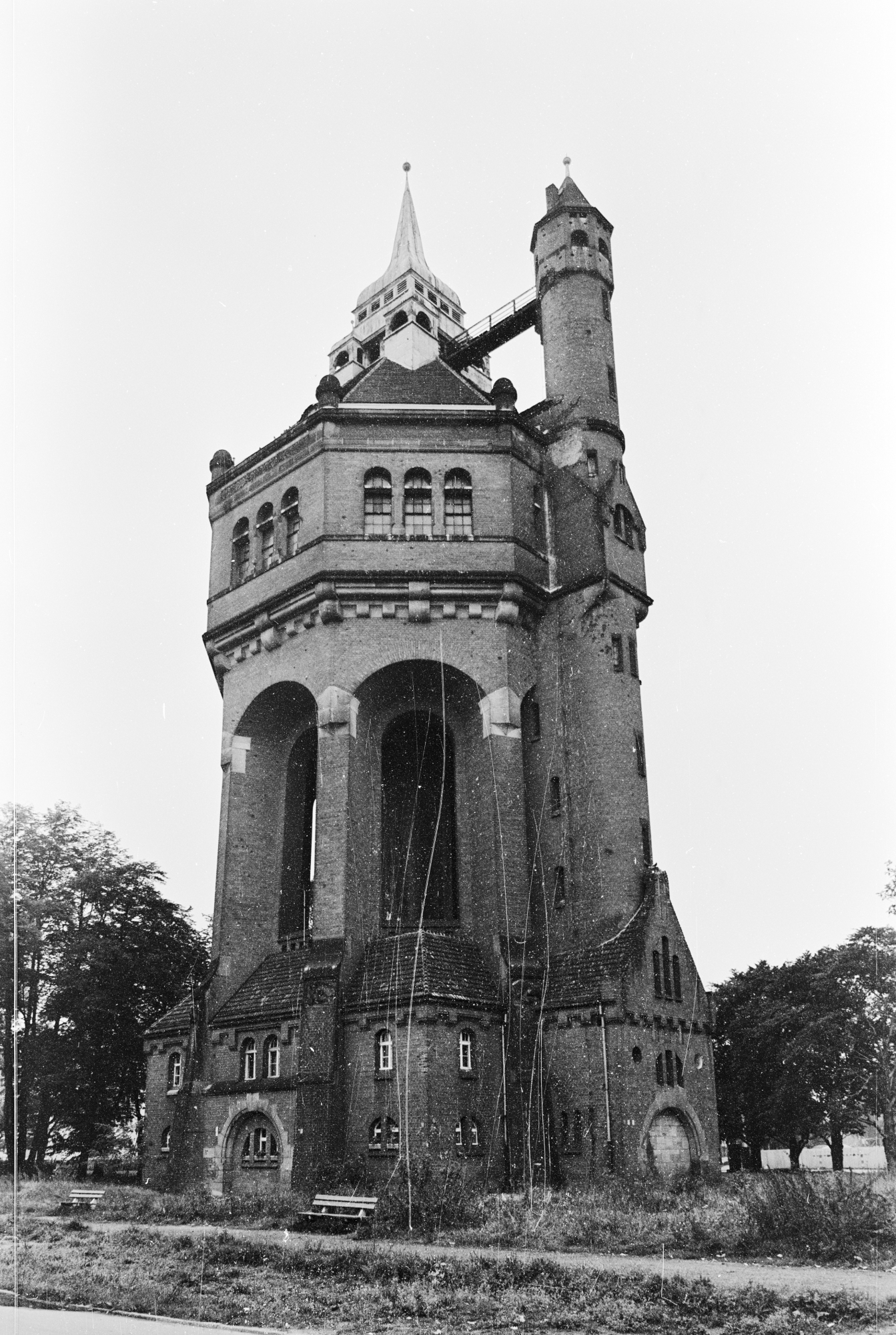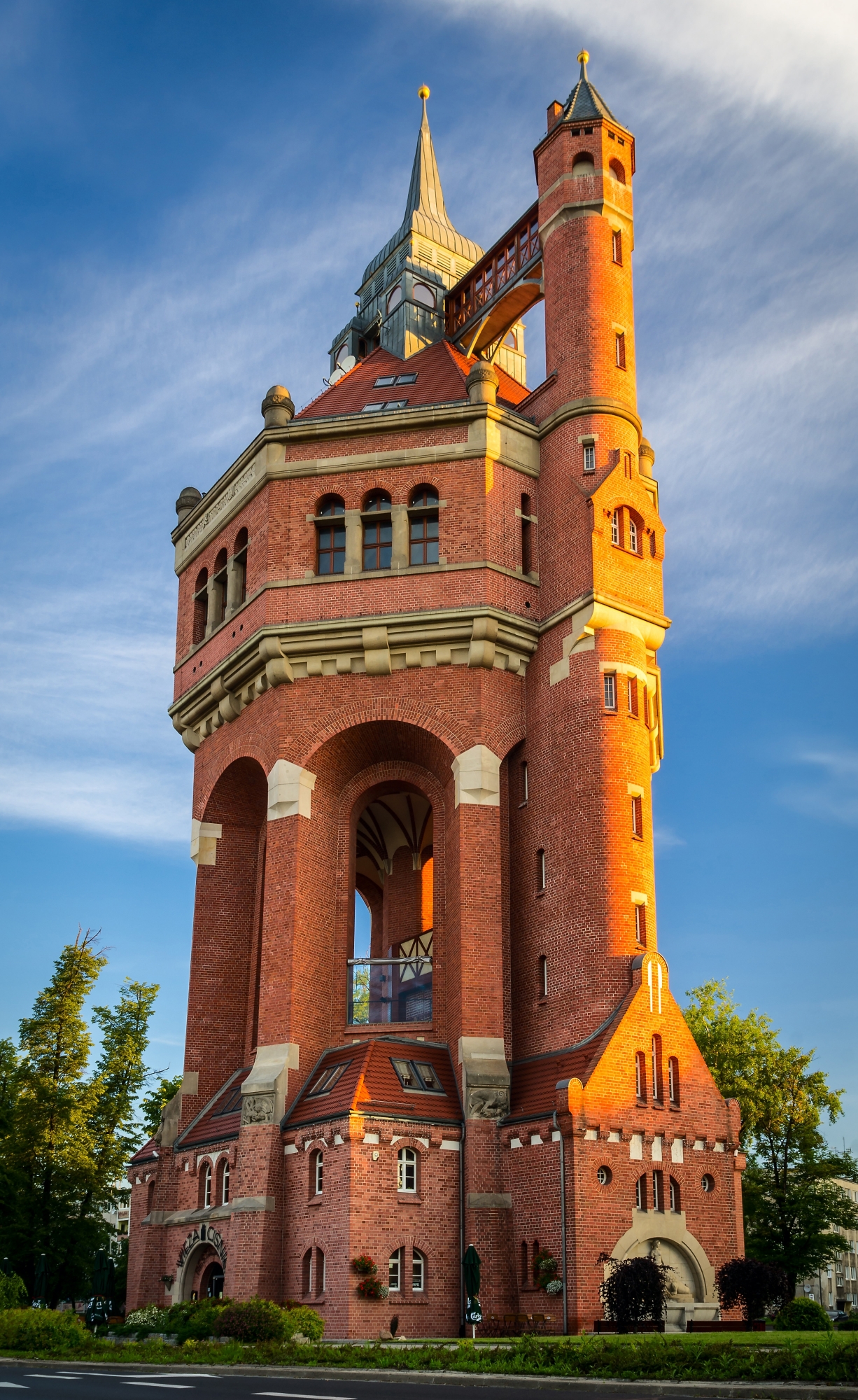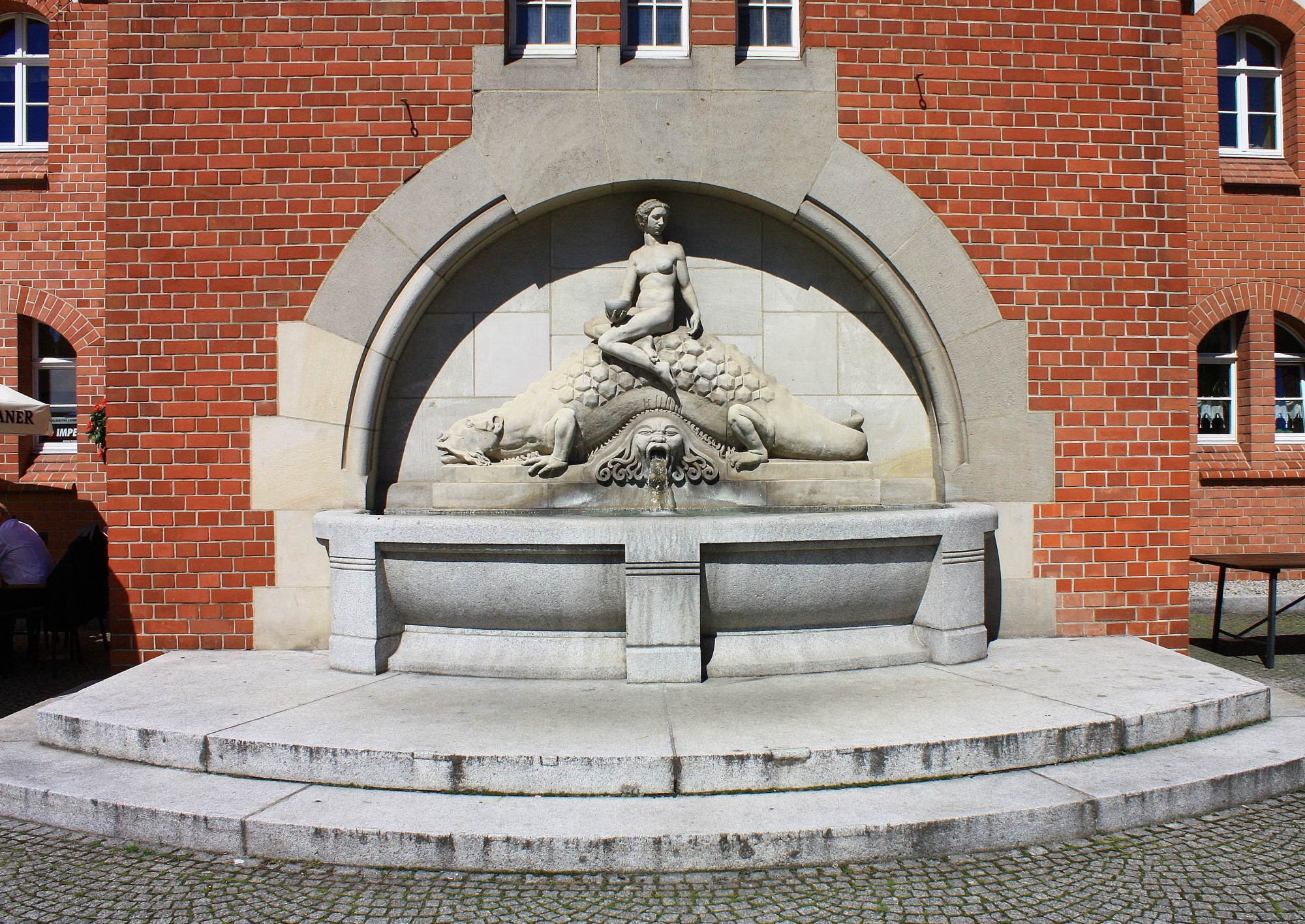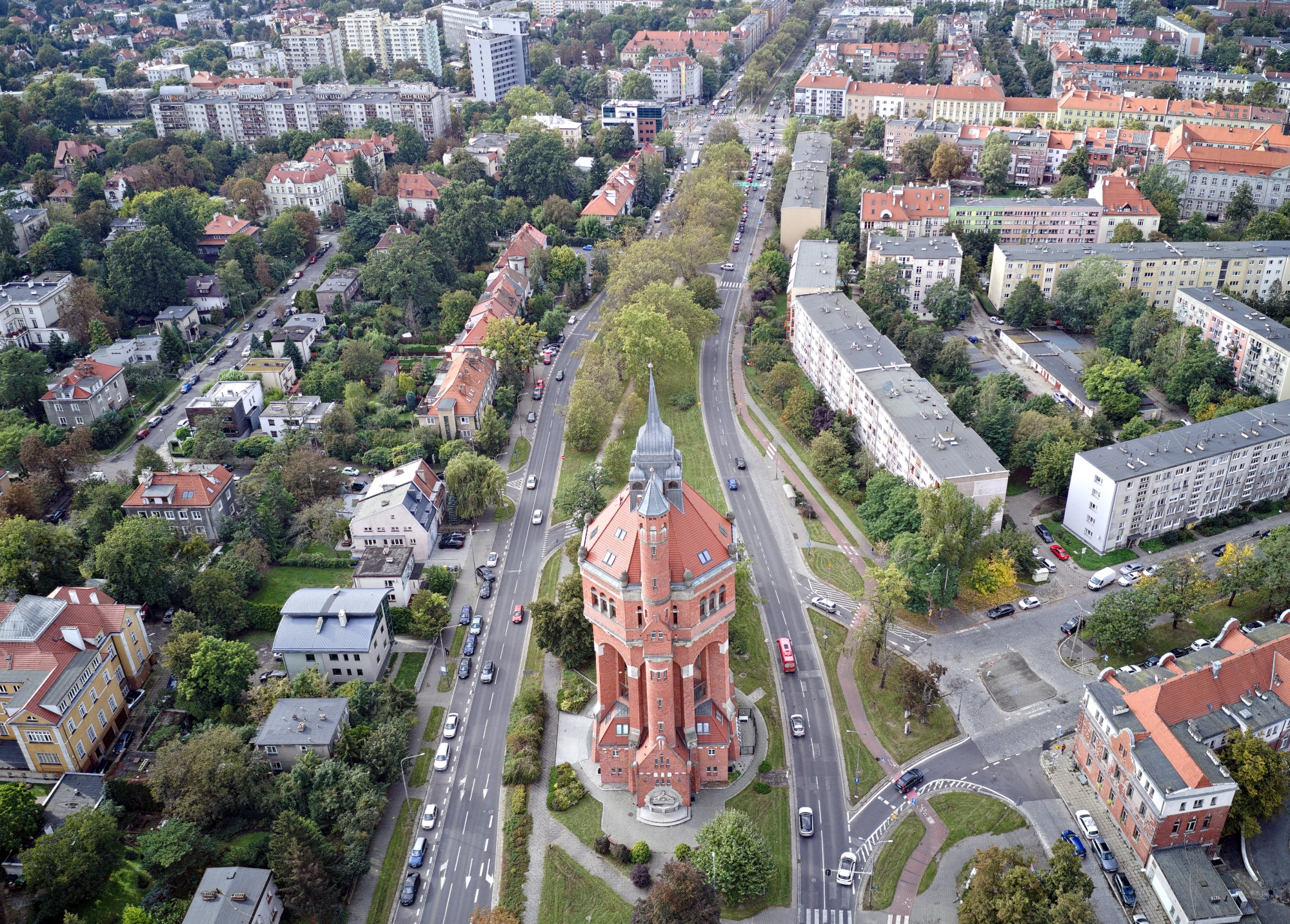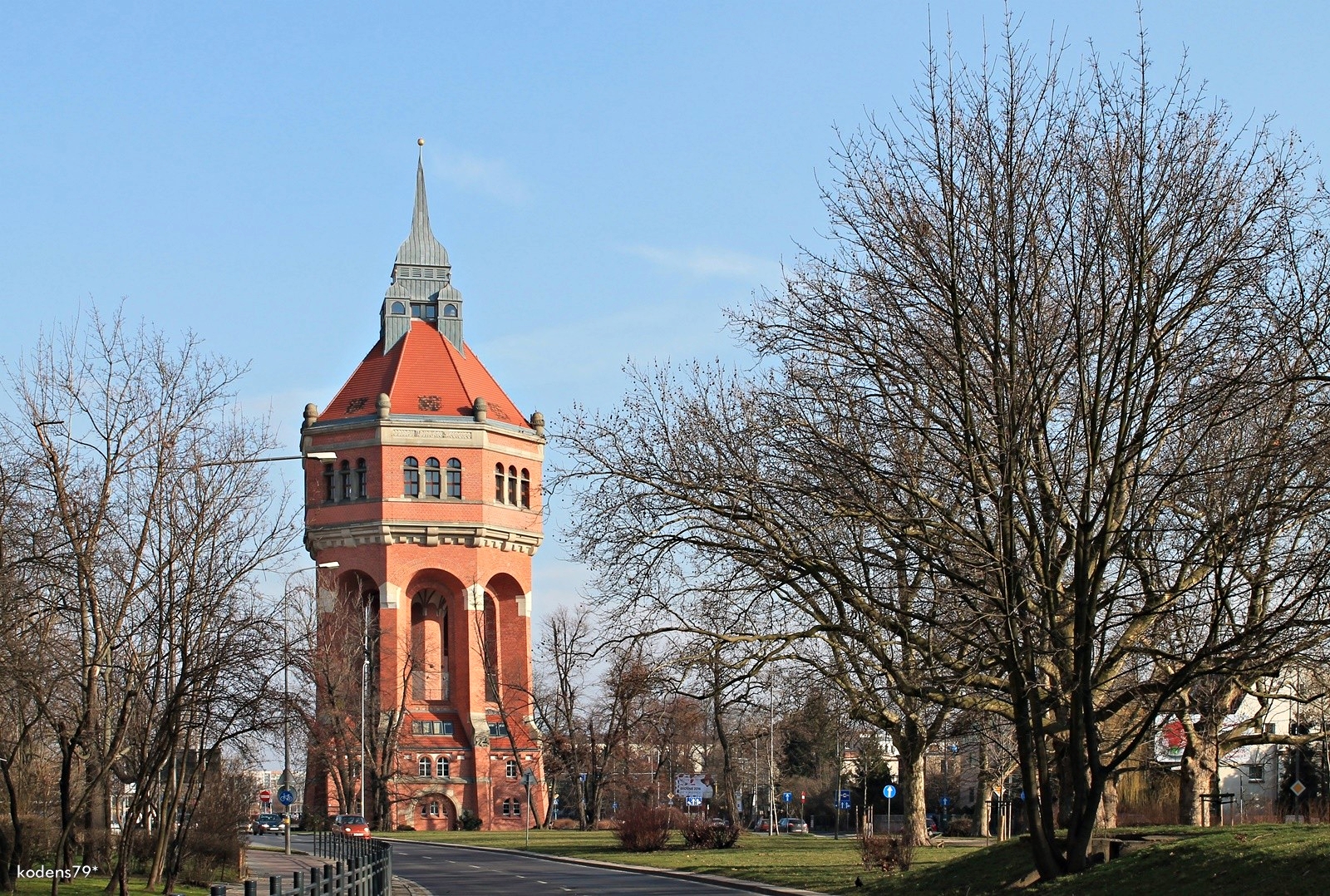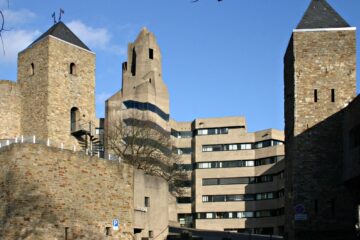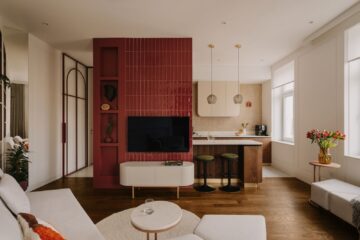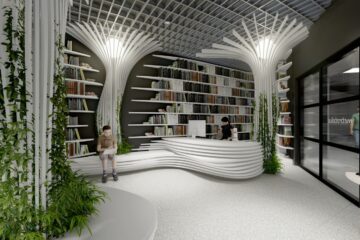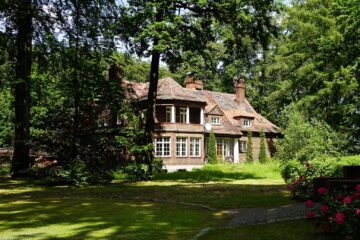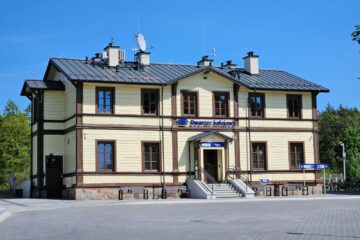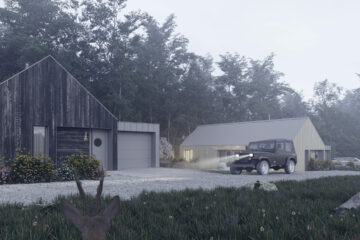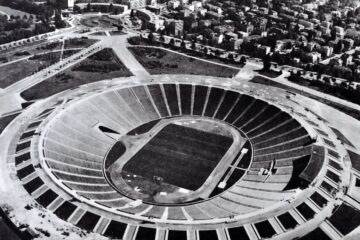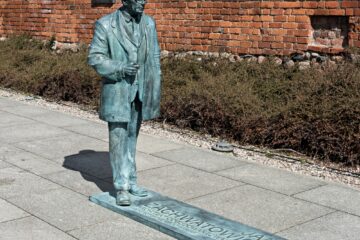The Borek water tower located on Wiśniowa Avenue in Wrocław is one of the most characteristic buildings in the capital of Lower Silesia and one of the most beautiful of its kind in Europe. It was built in the years 1904-1905 and from its gallery visitors could admire the panorama of the city and, in good weather, Ślęża Mountain and the Karkonosze Mountains.
the 62-metre-high tower was built on the outskirts of Wrocław at the time. It was designed by Karl Klimm, who in his architectural works represented a very rich range of historicist forms with Art Nouveau elements. The decorative sculptures carved in sandstone, such as the Nymph Spring and the Triton, were made by Ignatius Taschner and Robert Bednorz. The structure was built of clinker bricks.
The Borek water tower in the early 20th century. Source: Bildarchiv Foto Marburg
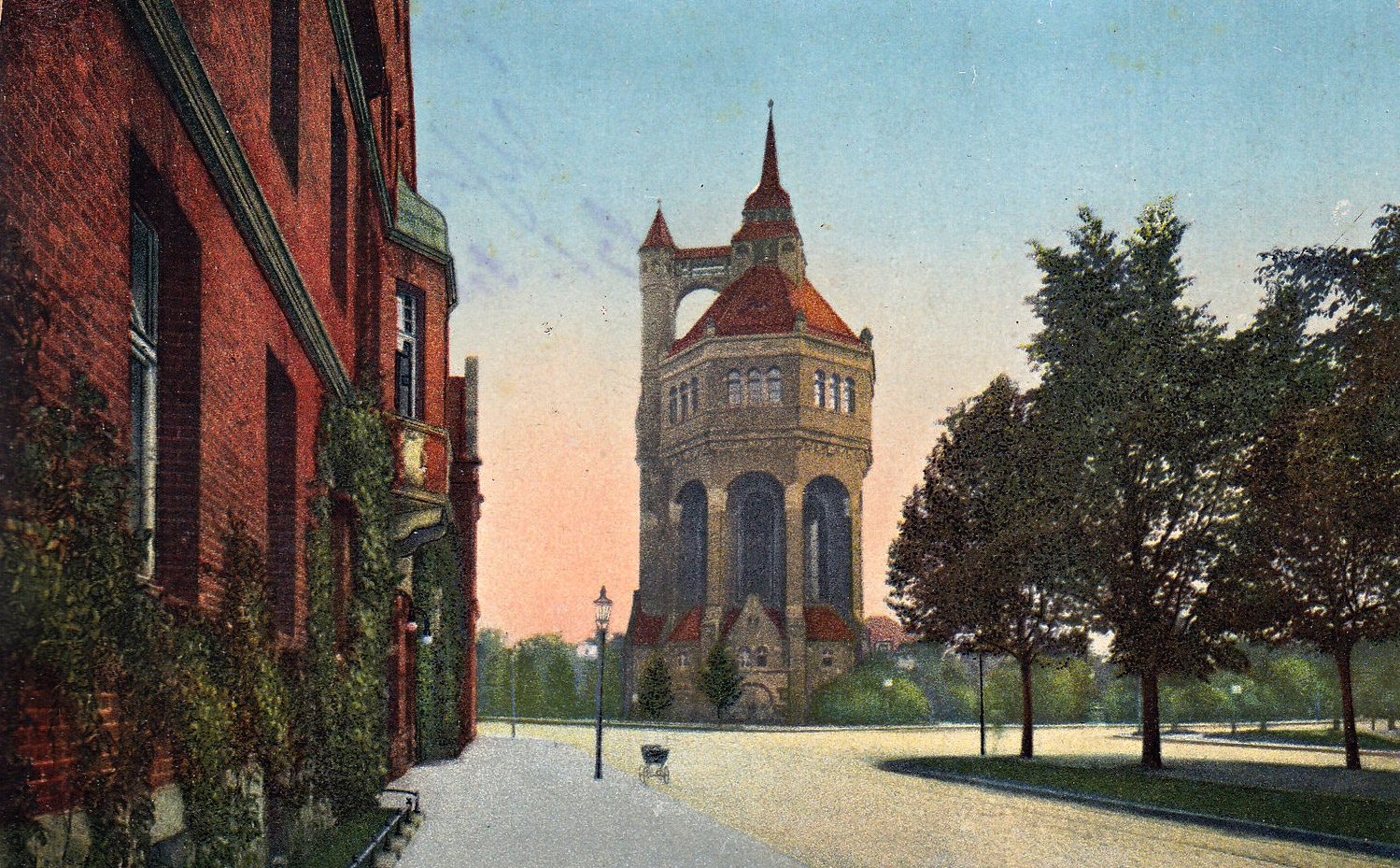
From its very beginnings, the water tower supplied the inhabitants of Wrocław with running water. The first two floors originally served as living quarters for the tower’s maintenance staff. The water tank was once located in an octagonal section supported on nine pillars and covered by a tent roof, on top of which a massive helmet with Art Nouveau features was placed. The central pillar formerly containing the water supply now houses one of the lifts (the other, along with a staircase, is in the side turret).
The water tower in 1920 and 2012. View from the east. Source: Bildarchiv Foto Marburg and Padmayana, CC BY-SA 3.0 EN, via Wikimedia Commons
The Borek water tower in the 1990s and in 2017. Source: “Wrocław – time and architecture” Janusz L. Dobesz, Klub Skotnica, Wroclaw Publishing House 1999 and Diego Delso, CC BY-SA 4.0, via Wikimedia Commons
During the siege of Festung Breslau in 1945, it played the role of an observation post for directing fire, so it survived in relatively good shape. From the Second World War until the 1990s, the tower was neither maintained nor exploited for its tourist value, although the water reservoirs were still used for the city’s water supply system until the mid-1980s. At the end of the 20th century, the tower was purchased by Stephan Elektronik Investment. Based on a design by Wacław Bieniasz-Nicholson, it was transformed into a restaurant complex called the “Pressure Tower”.
The tower was entered in the register of historical monuments on 19 October 1978.
Source: wiezacisnien.eu
Read also: Architecture in Poland | Monument | History | Wrocław | Brick

